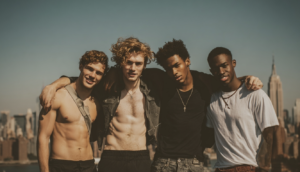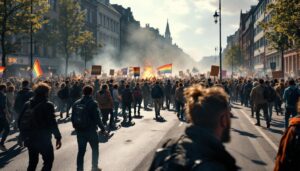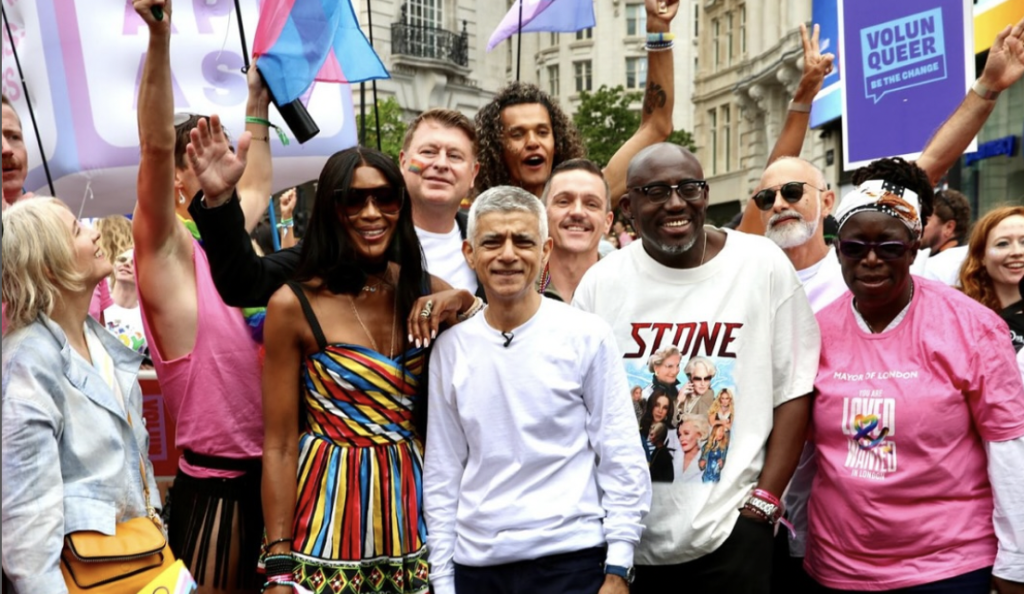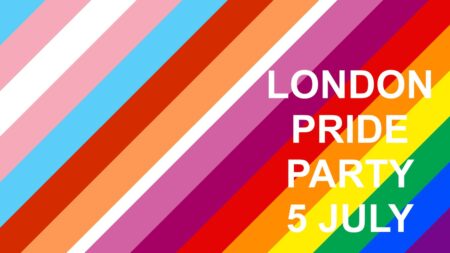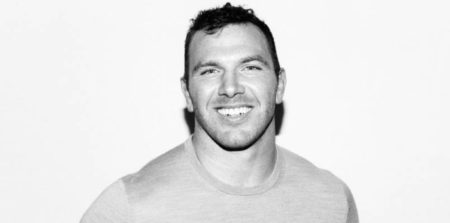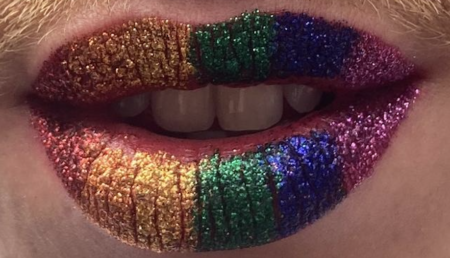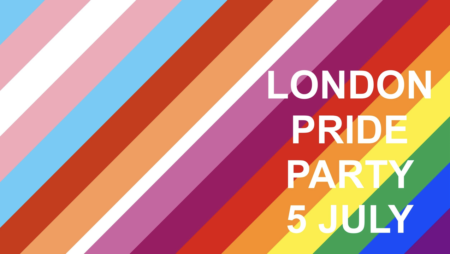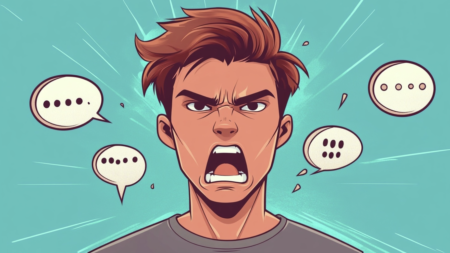London Pride 2025 transformed the capital into a vivid celebration of LGBTQ+ identity, visibility, and community on Saturday, 5 July. The event drew over a million people, underscoring its status as one of the UK’s most potent displays of solidarity and joy. The annual parade, a cornerstone of Pride in London, set off from Hyde Park Corner at noon and meandered through the city’s heart—passing iconic sites such as Piccadilly Circus, Haymarket, Trafalgar Square, and concluding at Whitehall Place.
More than 35,000 participants from over 500 community groups, charities, and companies took part in the march, accompanied by an impressive fleet of over 500 decorated floats. The scale of involvement reflected the event’s expansive and inclusive spirit. Grandstand seating was available along sections of the route like Cockspur Street, catering to those seeking a more comfortable vantage point, while live streaming options ensured the celebration could reach those unable to attend in person.
The city’s six stages offered diverse performances, embracing drag, dance, spoken word, and live music. The main stage at Trafalgar Square featured headline performances by Grammy-winner Chaka Khan, alongside artists such as Lauren Drew from Titanique and Drag Race UK’s La Voix. The latter summed up Pride’s dual significance: “Pride is about joy, but it’s also about visibility. Every sequin, every song, every step we take is a statement: we are here, we are proud, and we are not going anywhere.”
Reflecting the event’s profound social dimension, volunteers and activists spoke to the importance of Pride as a sanctuary and platform for rights and recognition. A volunteer from a trans youth charity described Pride as “not just a party—it’s a lifeline,” highlighting the safe spaces it creates in a society where many still face adversity. Concurrently, the event foregrounded intersectionality, ensuring that trans voices, people of colour, and grassroots activists remained central. Jayden, a marcher from a Black queer collective, emphasized that Pride must remain political, stating, “We’re not just here to be colourful—we’re here to be heard. Pride must be political, or it loses its power.”
Mayor of London Sadiq Khan joined the march and reiterated the city’s commitment to diversity and inclusion: ‘London will always be a beacon of diversity and inclusivity. Pride is a reminder that love is love, and everyone deserves to live freely and authentically.’ This leadership presence reinforced the event’s role not just as a festive occasion but as an ongoing movement for equality.
Beyond the parade, London’s nightlife buzzed with energy, from the Clapham Grand’s after-party to the Homostash Pride Rave in Hoxton. Meanwhile, quieter spaces like The Common Press offered poetry readings and panel discussions, ensuring the celebration catered to a wide spectrum of interests and modes of engagement.
Ultimately, London Pride 2025 stood as a powerful testament to community strength and resilience. Its theme, “The Power of Communities,” was expressed not only through the vibrant spectacle but through the message that Pride is a lived experience—rooted in solidarity, resistance, and the shared quest for belonging and recognition.
Source: Noah Wire Services




